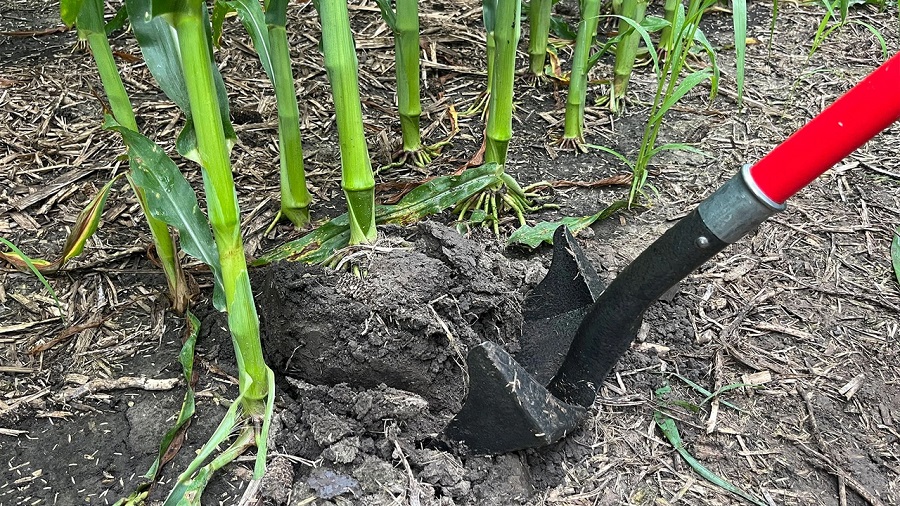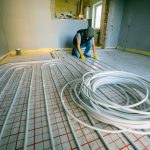
If you’ve ever watched a tree being ripped out of the ground by a backhoe, it stays with you—like a bad breakup or an overcooked steak. That’s why, when I first saw a hydrovac excavation in action, I felt like I’d stumbled into a smarter, quieter revolution. A kinder kind of digging. One that uses water like a scalpel, not a sledgehammer.
This story isn’t about machines. It’s about choices. About doing the dirty work—without dirtying the future.
The Green Dilemma
You’ve got a project. Pipes to expose. Foundations to lay. Utilities to map. And in the way? Roots. Glorious, ancient, life-giving roots. Do you tear them up? Pray they’ll grow back.
Or do you, like the thoughtful builder of tomorrow, find a way to work around them?
This is where water comes in—not as an afterthought, but as the MVP. Hydrovac turns excavation into precision surgery. We’re talking about using pressurized water to break up soil gently and then vacuuming the slurry away. It’s like exfoliation for the earth—clean, careful, controlled.
Why Roots Matter
Let’s get something straight: tree roots aren’t just underground spaghetti. They’re the life support system of everything green and growing. Cut a few too many, and your tree starts throwing a silent tantrum—yellowing, weakening, and sometimes just giving up and keeling over.
Traditional excavation doesn’t care. It digs first and asks questions later. But roots? Roots remember.
Hydrovac lets you unearth what’s hidden without declaring war on the local ecosystem. It’s root-friendly, arborist-approved, and won’t leave your landscape looking like it lost a fight.
Water Is Soft—But It Wins
You might be thinking, “Water? Really? To dig?” But ask any canyon how it got made, and it’ll tell you: slow and steady wins the depth.
High-pressure water isn’t brute force. It’s a smart force. It disrupts only what’s needed. No blunt trauma. No collateral damage. Just enough pressure to part the soil without harming the roots or underground infrastructure.
The vacuum handles the rest—sucking up the mud and leaving behind clean, exposed ground like a peeled orange.
Clean Digging Is Smart Digging
Imagine a worksite with no flying dirt, no broken irrigation lines, and no unexpected tree funerals. That’s what hydrovac offers.
It’s neat, quick, and predictable. And in areas where environmental regulations are tightening like a vice, this method saves more than headaches. It saves fines, delays, and sometimes entire ecosystems.
And let’s be honest—who wants to be the person who killed the 90-year-old oak to install a cable line?
The Secret Language of Soil
One of the weird things I learned watching these machines at work is that soil has moods. Clay gets clingy, sandy soil plays it cool, and rocky dirt throws tantrums.
Hydrovac responds like a skilled conversationalist, adjusting water pressure, hose angle, and vacuum strength to fit the scene. There’s no bulldozing through. It listens, adapts, and respects the root network like an invited guest—not a wrecking crew.
It’s Not Just for Trees
Sure, root preservation is a huge win. But this method also plays nice with everything else underground—cables, gas lines, drainage systems, even old pipes nobody remembers installing.
In tight urban spaces, near heritage sites, or in pristine landscapes where disruption is a dirty word—hydrovac is your golden ticket.
You get access. Visibility. And the peace of mind that comes from knowing you didn’t just gut a garden to find a wire.
More Than Digging Holes
People assume excavation is just about making a hole. But it’s also about what you don’t destroy in the process. Hydrovac allows you to keep what matters while removing what’s in the way.
It’s respectful. Strategic. And dare I say—elegant.
You’re not making space. You’re making peace—with nature, regulations, and the job site itself.
A Few Dirty Truths
-
Most root systems are shallower than you think. One wrong move can do irreversible damage.
-
Damaged roots lead to unstable trees—and lawsuits.
-
Many cities now need non-destructive digging near greenery.
-
Hydrovac isn’t an option. Often, it’s the only smart one.
Final Flow
The next time you think about digging, think about everything underneath. Not just wires and rocks but also roots, stories, and living systems.
Choose the method that’s equal to power and precision. One that unearths without upheaval. That clears the way without clearing life.
Hydrovac excavation isn’t just about moving earth; it’s about moving forward without leaving a mess behind.








